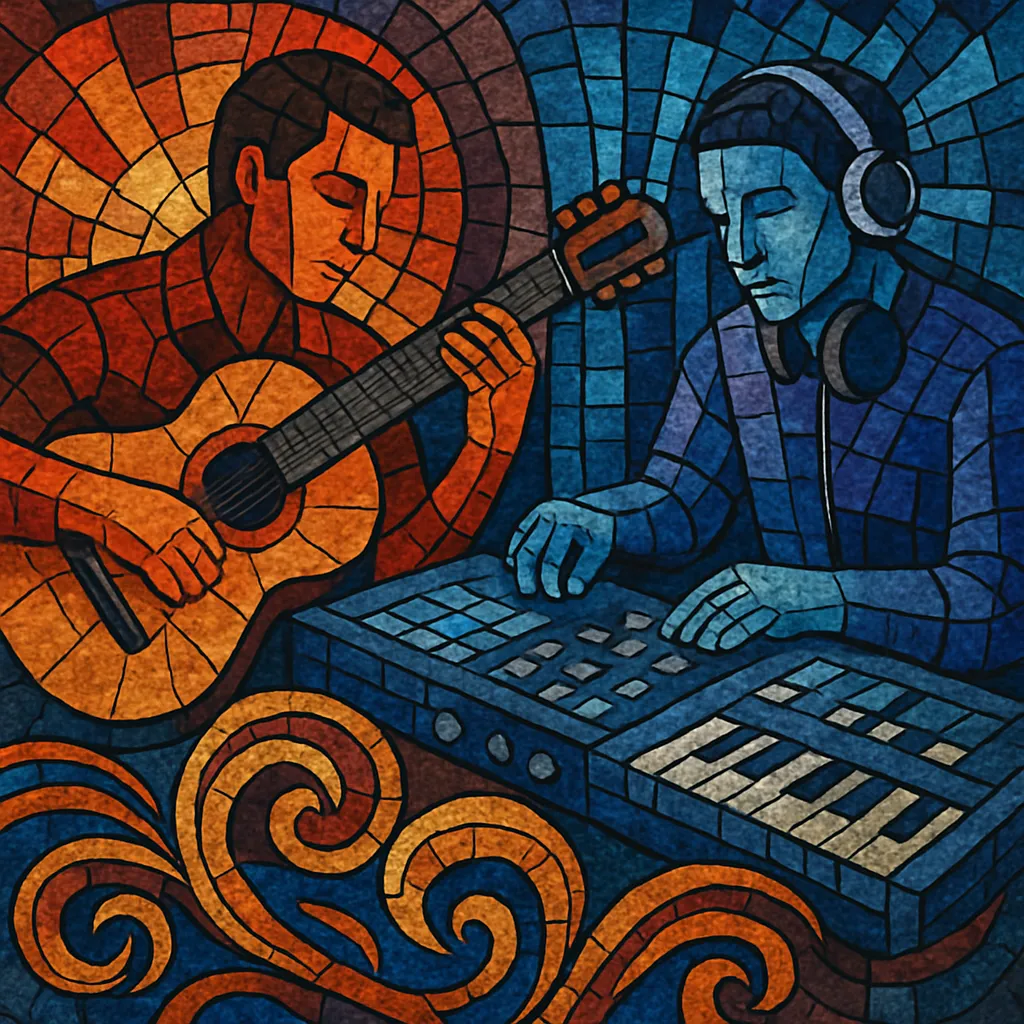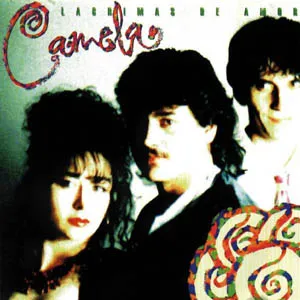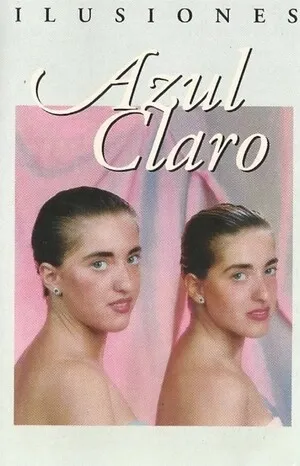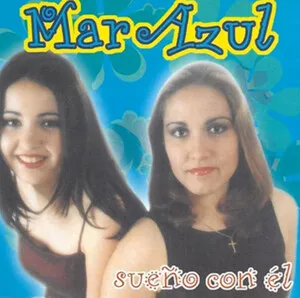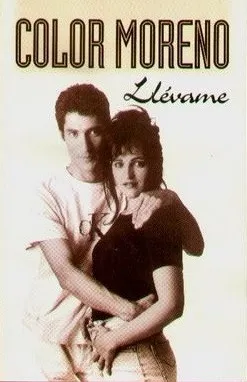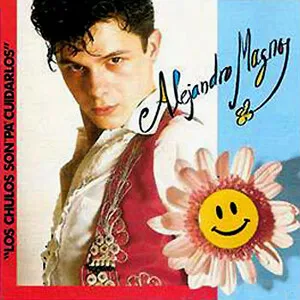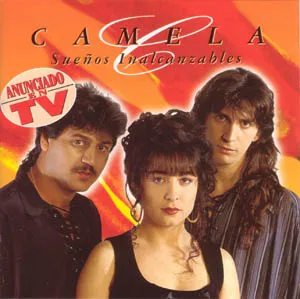Tecnorumba is a Spanish pop style that fuses the hand-clapped, guitar-driven swing of rumba flamenca with synth-led, drum-machine-based dance production. Its name signals this hybrid: "tecno" for the electronic arrangements and "rumba" for the flamenco-rooted rhythmic feel.
The genre is marked by catchy keyboard hooks, romantic and melodramatic vocals (often with Andalusian turns), and midtempo four-on-the-floor or syncopated rumba patterns. It became a defining sound of 1990s working-class Spain, where cassette and kiosk culture helped spread its bittersweet love songs and danceable beats far beyond mainstream radio and TV programming.
Tecnorumba emerged in Spain in the early-to-mid 1990s as producers and performers blended rumba flamenca’s palmas (handclaps), rasgueado guitar patterns, and emotive singing with inexpensive synthesizers, rompler presets, and drum machines. This sound evolved from 1980s rumba-pop and nuevo flamenco, which had already introduced electric bass, keyboards, and studio polish to flamenco-derived idioms.
The genre’s breakthrough is closely tied to the meteoric rise of groups like Camela, who sold huge quantities of cassettes and CDs via gas stations, markets, and neighborhood shops. Their success demonstrated a large audience for synth-driven rumba ballads with straightforward, heartfelt lyrics about love, jealousy, and everyday struggle. Around the same time, acts with rumba-pop roots adopted brighter Eurodance/Eurhouse textures—steady kick drums, shiny synth leads, and big choruses—cementing the “tecno + rumba” formula.
In the 2000s, tecnorumba’s palette expanded to include more modern pop-production techniques (cleaner side-chaining, brighter mastering) while preserving core signatures: palmas accents, Andalusian cadences (e.g., Am–G–F–E), and dramatic vocal deliveries. Newer artists folded the style into broader Spanish pop, while others leaned further into flamenco-pop balladry. Although not always spotlighted by elite media, tecnorumba proved remarkably durable and influential across regional fiestas and popular venues.
Tecnorumba normalized electronic dance production around flamenco-rumba rhythms for a mass audience and created a template for later fusions in Spanish pop. Its grassroots distribution and unabashed sentimentality became part of its identity—sometimes dismissed as kitsch, but just as often celebrated for being joyous, danceable, and emotionally direct.

